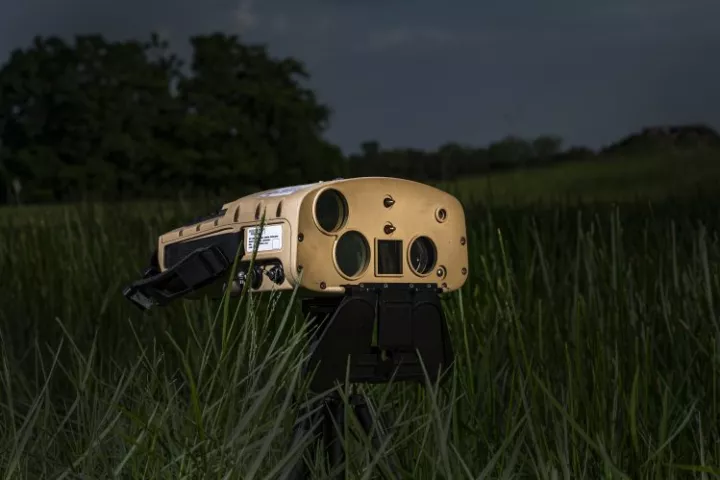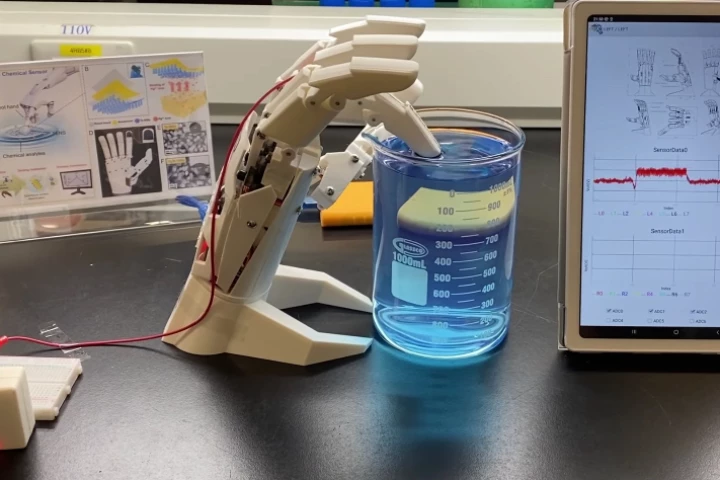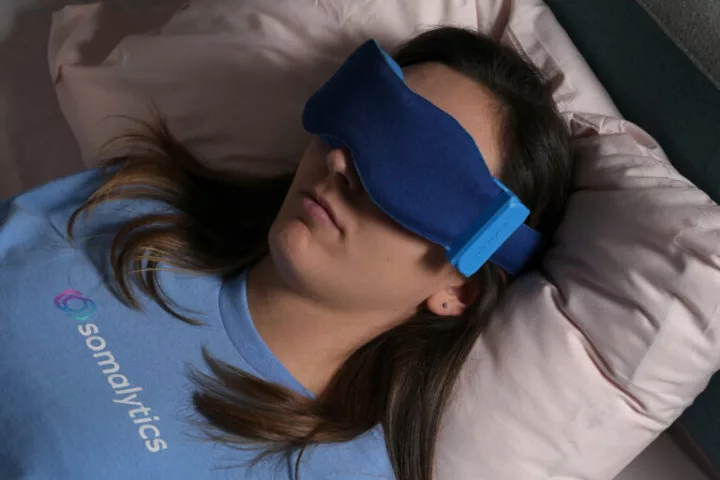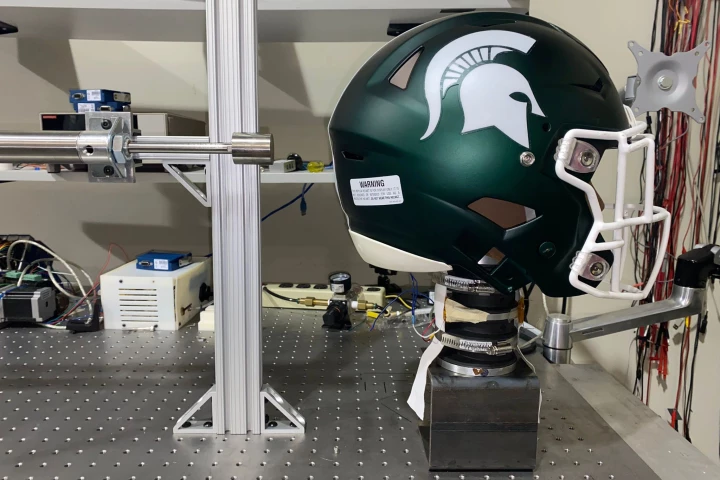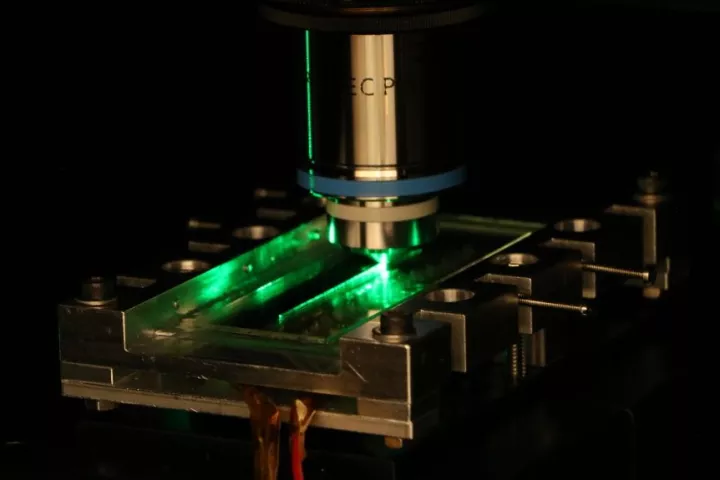Sensors
-
The US Marine Corps has decided to purchase Northrop Grumman's all-in-one Next Generation Handheld Targeting System (NGHTS) that packs a suite of day/night targeting sensors in a 10-lb (4.5-kg) package and can operate in GPS-denied areas.
-
Mercury can be quite harmful in large amounts, and detecting its presence in foods or liquids typically requires lab-based tests. A new nanosensor, however, can quickly detect even small levels of the heavy metal onsite, simply by tapping on samples.
-
Last year, Samsung demonstrated the power of its monstrous 200-megapixel camera sensor by printing a billboard-sized cat photo taken on a phone. Now the company has started mass producing its successor, the Isocell HP2.
-
The REM stage of sleep plays an important role in learning, memory and brain development. Currently, lab-based tests are required to gauge how much REM sleep a person is getting. The SomaSleep mask, however, is claimed to let users do so at home.
-
While some assistance is available to individuals who lack the power of speech, verbally communicating with other people can still be challenging. A new face-worn strain sensor could help, as it's able to "read" the wearer's silently mouthed words.
-
A team of engineers has developed a new type of camera that can detect radiation in terahertz wavelengths. This new imaging system can see through certain materials in high detail, which could make it useful for security scanners and other sensors.
-
One of the dangerous things about sports-related concussions is the fact that athletes may not realize they have one, so they don't seek medical attention. A new sensor could let them know, and it would go on their neck, not their head.
-
Soccer's international governing body, FIFA, has developed semi-automated offside technology that uses AI, stadium cameras and a connected match ball to assist on-field referees with offside calls at 2022 World Cup matches in Qatar.
-
Saab has introduced a passive, lightweight, electronic warfare sensor called Sirius Compact, which is designed to act alone or in an array to locate incoming threats on a variety of tactical levels without revealing its presence.
-
Skin plays a key role in our sense of touch, but its sensitivity is hard to replicate. Now, researchers have developed a new type of electronic skin (e-skin) containing tiny embedded hairs that can precisely perceive touch and the direction it moves.
-
Scientists have developed a sensor made of incredibly thin strands of sapphire that can withstand extreme heat and radiation, and possibly be put to work in the harsh environment of nuclear fusion reactors and enable more streamlined air travel.
-
Scientists have developed an advanced new type of humidity sensor inspired by camel noses that is capable of detecting low levels of water molecules in the air, giving it the potential to help find water sources in extreme environments.
Load More
